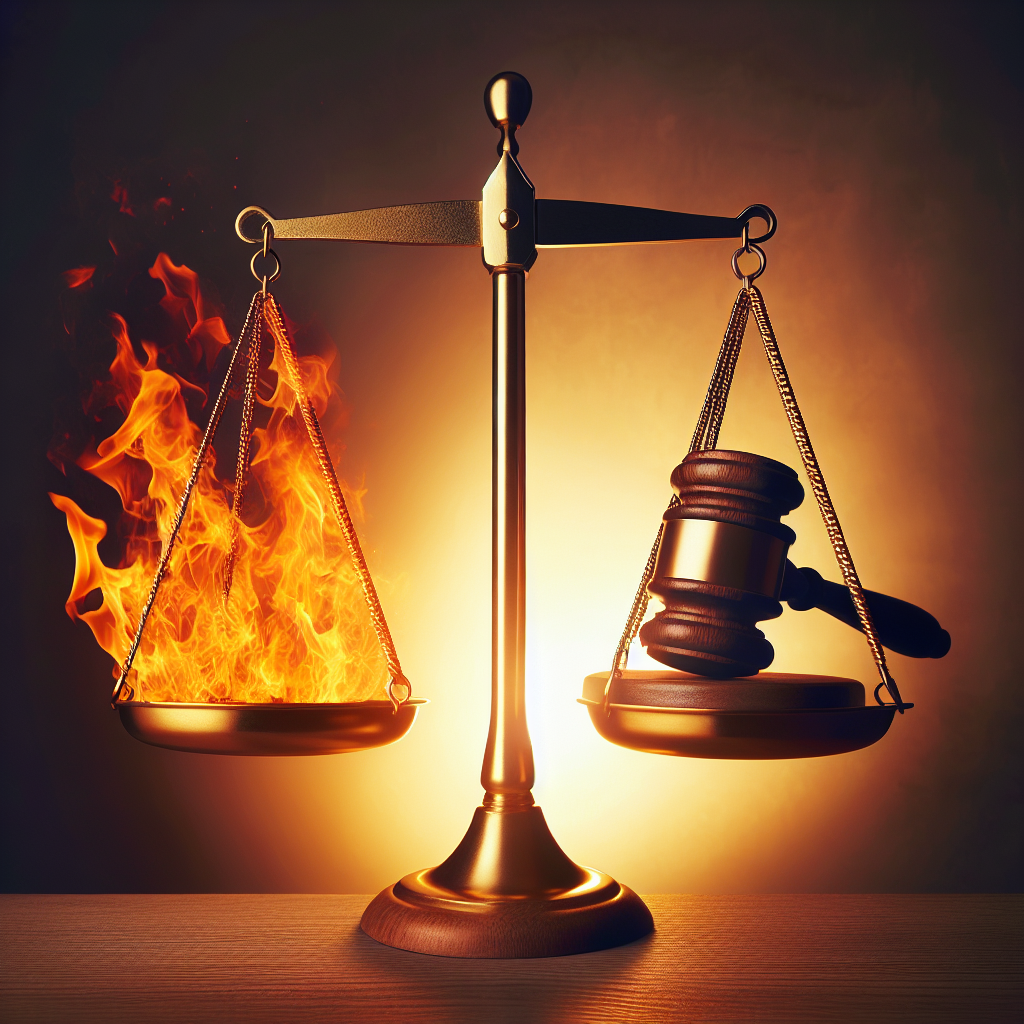Understanding the Nature of Burn Injuries
Burn injuries, similar to other types of injuries, vary in their severity and impact. However, they possess unique characteristics that make them particularly harmful and potentially life-altering. This section aims to provide a comprehensive understanding of the nature of burn injuries.
Classification and Types of Burn Injuries
Burn injuries can be categorized based on their severity and depth. First-degree burns are the least severe, affecting only the skin’s outer layer. They typically cause mild pain and redness but recover without medical treatment. Second-degree burns penetrate deeper into the skin, affecting both the epidermis and dermis. They can cause blistering, severe pain, and may require medical attention. The most severe are third-degree burns, which extend through all layers of the skin, often damaging nerves, muscles, and bones. These burns cause significant scarring and may lead to disability or even amputation.
The Cause of Burn Injuries
Burn injuries can result from various causes. Some common sources include fire or flame, heat, electricity, chemicals, and radiation. Scalds from hot liquids or steam are prevalent, especially in domestic environments. Electrical burns may occur due to contact with live wiring or high voltage. Chemical burns are caused by corrosive substances or reagents, while radiation burns may arise from prolonged exposure to UV rays, X-rays, or other radioactive materials.
Potential Complications and Long-Term Effects
Beyond the immediate physical damage, burn injuries can have long-lasting implications. Severe burns may lead to infections if not appropriately treated or cared for, potentially threatening the victim’s life. Scarring resulting from burns can limit mobility and lead to physical deformities. Psychological distress is also common among burn victims, including post-traumatic stress disorder (PTSD), depression, and anxiety. Additionally, the cost of medical treatment and rehabilitation for severe burns can be financially devastating.
Legal Framework for Burn Injury Claims
The legal framework for burn injury claims can be quite complex and differs based on various factors including the cause, place of occurrence, and severity of the burn. This section shall take you through some key elements of this legal framework.
Establishing Liability in Burn Injury Cases
In legal terms, the first step in any burn injury claim is to establish liability. This means determining who is responsible for the incident that caused the burn injury. The person or entity liable could be an individual, company, government agency, or a combination thereof. Determining liability often requires thorough investigation and expert testimony. Typically, a variety of factors including negligence, intentional harm, and product defects, among others, are considered when establishing liability.
Understanding Different Types of Damages
In burn injury claims, the victim may pursue compensation for various types of damages. Economic damages include out-of-pocket expenses like medical bills and loss of earnings, while non-economic damages compensate for pain, suffering, and emotional distress. In some cases, punitive damages may also be awarded to punish the defendant and deter similar behavior in the future. It’s important to carefully document all aspects of these damages to build a strong claim.
Statute of Limitations for Burn Injury Claims
The statute of limitations refers to the time limit within which a burn victim needs to file a lawsuit. This period varies according to the jurisdiction and the type of claim. For instance, personal injury claims typically have a different statute of limitations than product liability claims. Failure to file within this allocated timeframe often results in the loss of the right to pursue the claim. Therefore, it is vital to consult a legal professional as soon as possible following a burn injury to ensure all legal deadlines are met.
Remember, understanding your rights and the legal processes involved in filing a burn injury claim is crucial for seeking the justice and compensation you deserve. Always consult with a legal professional who specializes in burn injury claims to navigate this complex process.
Role of Negligence in Burn Injury Cases
In the complex world of personal injury law, negligence plays a pivotal role, especially in burn injury cases. Understanding this concept is vital for anyone seeking to understand their legal rights and potential avenues for compensation following such an incident.
Negligence Defined
Negligence is a legal term referring to the failure of an individual or entity to exercise a reasonable standard of care in order to prevent harm to others. It forms the backbone of many personal injury claims, including burn injuries. In other words, if someone fails to act with the same caution that a reasonable person would have used in similar circumstances and this results in a burn injury, then they may be deemed negligent.
The Four Elements of Negligence
For negligence to be established in a burn injury case, four key elements must be proven. These are duty of care, breach of duty, causation, and damages. The injured party must prove that the defendant had a duty to act in a certain way, that they breached this duty through their actions or inactions, and that this breach directly resulted in the burn injury. Finally, it must be demonstrated that the burn injury caused physical, financial, or emotional damage.
Negligence in Different Burn Injury Scenarios
Different scenarios might lead to burn injuries where negligence can be established. These could range from landlord negligence where faulty wiring causes a fire, to product liability cases where a faulty device overheats and causes burns, or a workplace accident where inadequate safety precautions result in chemical burns. Each scenario will play out differently in court, with varying degrees of complexity, proving the vital role negligence plays in burn injury cases.
Navigating the Claims Process: Steps to Take
Understanding the Claim Procedure
The first step in the claims process is understanding what it entails. When you or a loved one suffer from burn injuries due to another party’s negligence, you have the legal right to seek compensation. The claims process begins when you file against the party responsible for your injuries. You might find it helpful to consult with an experienced burn injury attorney who can guide you through the legal nuances and complexities.
Preparing Your Claim
Preparation is set in motion after you understand the claim procedure. Start by gathering all your medical records detailing the extent of your burn injuries and the treatment received. Also, secure any evidence that can substantiate the cause of your burns and the fault of the accused party. This can include photographs of the incident scene, witness testimonies, CCTV footage, etc. All these documents are crucial to building a strong case for your claim.
Filing and Negotiating Your Claim
After all necessary documentation is secured, you are now ready to file your claim. This is usually done at the court where the negligent act occurred. Alongside your legal representative, you will draft a complaint narrating your situation, the injuries suffered, the defendant’s negligence, and the damages you seek. Once the claim is filed, the negotiation phase commences. Here, the defendants might offer a settlement. It’s your attorney’s job to negotiate the best possible award for your injuries. Please note that if a fair settlement cannot be reached, the case may proceed to trial.
Throughout this whole process, it is essential to maintain constant communication with your attorney to stay updated on your case’s status and ensure all deadlines are met.
Maximizing Compensation: Strategies and Considerations
Understanding the Value of Your Burn Injury Claim
It’s important to understand that burn injuries often have significant and long-term implications, both physically and emotionally. This means that the cost of treatments, therapies, and potential loss of income can exponentially increase over time. Evaluating your claim takes into account not only immediate medical expenses but also long-term costs such as rehabilitation, ongoing treatment, specialized care, and loss of earnings. It’s vital to work with experienced legal professionals who can accurately evaluate the full extent of your claim.
Negotiating with Insurance Companies
Insurers are, at their core, businesses, and their primary goal is to minimize payouts and thereby protect their bottom line. As a burn injury victim, this may lead to receiving compensation offers that are significantly less than what you deserve. It’s crucial to approach negotiations with a comprehensive understanding of your rights and an accurate estimate of your claim’s value. Do not agree to any settlement offers without contacting a knowledgeable lawyer. A skilled attorney can help negotiate with the insurance company on your behalf to maximize the compensation you receive.
Building a Strong Case for Compensation
The strength of your case depends heavily on the evidence you can provide demonstrating the fault of the other party, and the impact of the injury on your life. This includes comprehensive medical records detailing the severity of your burns, proof of negligence or fault, and documentation of all related expenses. Furthermore, statements from expert witnesses showcasing the long-term impact of the injury and its detrimental effects on your quality of life can be instrumental. Remember, a meticulously documented and professionally presented case can significantly enhance your chances of receiving maximum compensation.
Remember, maximizing compensation in burn injury cases entails proper claim evaluation, tough negotiations, and a robust case presentation. Always consult with an experienced burn injury attorney to ensure you’re fully represented and compensated for your losses.



